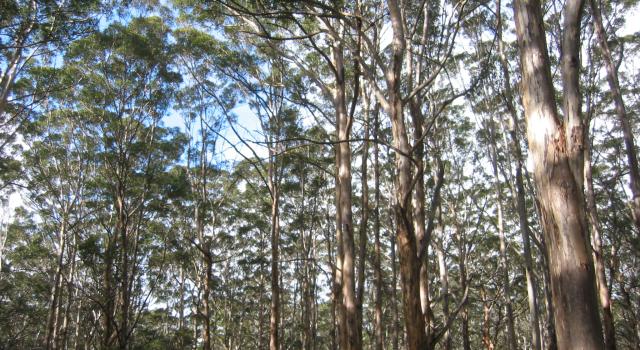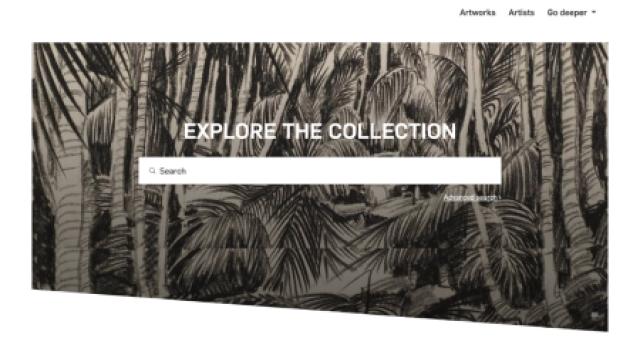What we do
We provide a range of services around technology consulting to organisations that work with the environment, or collecting organisations. We’ve been operating for over 20 years across a wide range of organisations, and have developed many different insights into the challenges our clients face.

Environment
We work with organisations that interact with the environment in a range of ways - strategy development, spatial analysis, spatial support, software development, support, data management, and training being a few of the services that we offer in this area.

Collections
We support collecting organisations; archives, museums, herbaria, galleries and libraries. Our services include strategy development, Collection Management Systems, software development and support.
